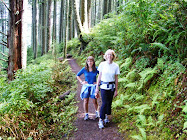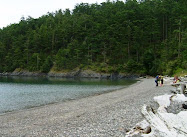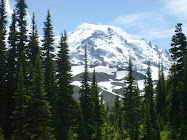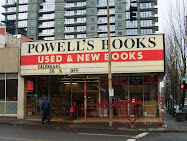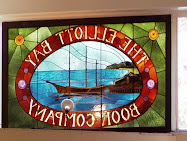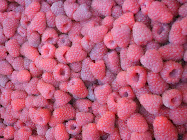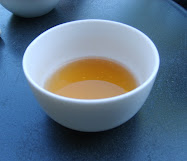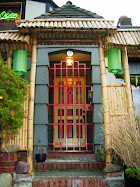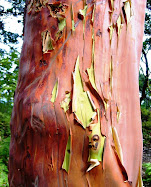This past weekend I ventured about 20 miles north to walk through Japanese Gulch in Mukilteo, close to Puget Sound. The gulch got its name from the many Japanese families who lived there in housing for millworkers for the Mukilteo/Crown Lumber Company, which operated there for about 30 years until 1930.
We passed several large stumps, evidence of the past logging here. What I would give to have seen this area before it was logged, when the grand old growth trees were abundant.
On a late November day, most of the leaves were down and covering the trails in a slick carpet of brown and gold. It's also muddy in some spots along the trails.
After about 20 minutes of walking down the gulch, then up the ridge, we had a peek-a-boo view toward the Sound at the only viewpoint along the way.
As we walked through the forest, there were a few jets and planes flying close overhead while coming in to land at nearby Paine Field. Boeing owned and used this area from the 1960s until 2007, and the railroad tracks in the bottom of the gulch accessed Boeing facilities.
Actually the low jets were not all that bothersome, although I can't speak for the wildlife. However, black-tailed deer and numerous cool birds use the area.
Along the trails, there is much beauty to be observed in small details. Pay close attention and you'll spot lots of treasures in a winter woodland.
 |
| Maindenhair fern |
 |
| A profusion of lichen |
 |
| A friend says that water trapped atop a mushroom is a fairy pool. |
This part of the walk, flat between the stream and railroad tracks, is not as scenic, but there were some interesting human-related remnants.
 |
| This old car has been in the gulch for at least 30 years. |
 |
| A deep well riser above the stream. |
Overall we walked about two hours with several stops (for me to take photographs), and I estimate we covered about 3.5 to 4 miles. There also wasn't much trail traffic; we passed less than half a dozen other people.
As we near the winter solstice, these walks in the woods, this "forest bathing," is fuel to keep my engine running through the dark months. Until we can get up and go skiing...
I'm interested in hearing about your visits here or other lowland winter hikes that you recommend in a comment below.
Happy trails and thanks for visiting Pacific Northwest Seasons!
In between blog posts, visit Pacific NW Seasons on FaceBook, Twitter, and Instagram for more Northwest photos and outdoors news.
When You Go
Mukilteo is about 20 miles north of Seattle, Washington, sandwiched between Edmonds and Everett along Puget Sound. To get there, from Interstate 5 take the Mukilteo Speedway (Hwy 525) into Mukilteo. Just before crossing the railroad tracks to the ferry holding area, turn right (north) onto 5th Street. Continue north on 5th for five blocks, then you'll see parking is on the right. There is no fee for parking or using the area.


































